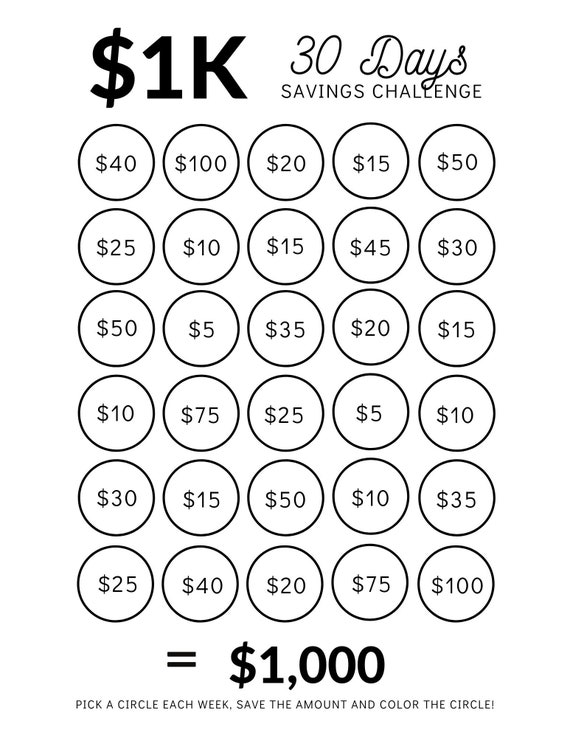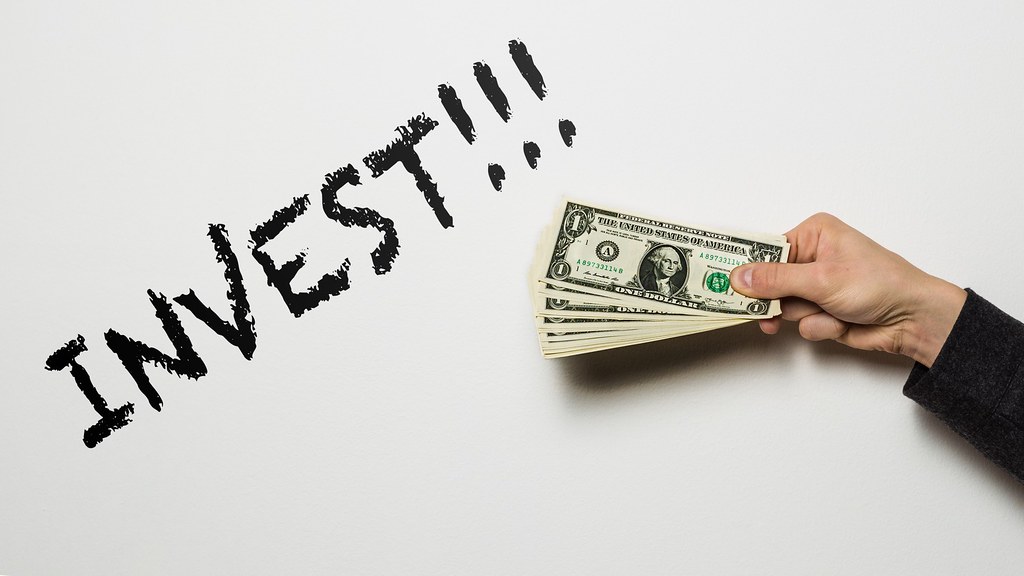
Beyond the Numbers: Unearthing the Fun Facts of the Stock Market
The stock market, often perceived as a complex realm of charts, figures, and serious business, has a history and culture brimming with quirky anecdotes, surprising statistics, and outright bizarre events. Beyond the daily fluctuations and financial jargon, there lies a world of fascinating facts that can make even the most seasoned investor crack a smile. Let’s dive into some of the most entertaining and eye-opening aspects of this ever-evolving financial landscape.
1. The Buttonwood Tree Agreement: A Humble Beginning
The New York Stock Exchange (NYSE), the world’s largest stock exchange by market capitalization, had remarkably modest origins. In 1792, 24 stockbrokers gathered under a buttonwood tree on Wall Street to sign an agreement to trade securities. This agreement, known as the Buttonwood Agreement, established a commission rate and prioritized dealing with each other. It was a far cry from the electronic trading platforms of today, but it laid the foundation for what would become a global financial powerhouse.
2. Black Tuesday: A Panic That Shaped History
The stock market crash of 1929, often referred to as Black Tuesday, is a well-known historical event, but the details are often overshadowed by its devastating consequences. On October 29, 1929, the Dow Jones Industrial Average plummeted by a staggering 12.82% in a single day. The sheer volume of shares being traded overwhelmed the exchange’s systems, leading to significant delays in processing orders. This chaos fueled panic, as investors desperately tried to sell their holdings before prices fell further. The crash marked the beginning of the Great Depression, a period of unprecedented economic hardship that impacted the world for over a decade.
3. The "Flash Crash" of 2010: A Trillion-Dollar Plunge
In the age of high-frequency trading and algorithmic automation, the stock market can experience dramatic shifts in a matter of seconds. On May 6, 2010, the Dow Jones Industrial Average experienced a "flash crash," plummeting nearly 1,000 points in a matter of minutes before partially recovering. The cause was attributed to a combination of factors, including a large sell order placed by a mutual fund and the subsequent reaction of high-frequency trading algorithms. The event highlighted the potential risks of automated trading and the need for robust regulatory oversight.
4. Stock Market Superstitions: From Hemlines to Lipstick
The stock market is often driven by logic and analysis, but that doesn’t stop people from developing superstitions and beliefs about what influences market performance. One popular superstition is the "Hemline Index," which suggests that rising hemlines on women’s skirts correlate with a rising stock market. The theory posits that shorter skirts reflect a more optimistic economic outlook. Another quirky belief is the "Lipstick Effect," which suggests that lipstick sales increase during economic downturns, as consumers seek affordable luxuries to boost their spirits. While these superstitions are far from scientific, they offer a glimpse into the human psychology that can influence market sentiment.
5. The "Dogs of the Dow": An Unconventional Strategy
The "Dogs of the Dow" is a simple yet surprisingly effective investment strategy that involves selecting the ten Dow Jones Industrial Average stocks with the highest dividend yields at the beginning of each year. The idea is that these companies are undervalued and likely to rebound in the coming year. While not a guaranteed path to riches, the strategy has historically outperformed the Dow Jones Industrial Average in many years, demonstrating that sometimes the simplest approaches can yield positive results.
6. The World’s Most Expensive Stock: Berkshire Hathaway
While most stocks trade for relatively modest prices per share, Berkshire Hathaway, the conglomerate led by legendary investor Warren Buffett, holds the distinction of having the most expensive stock in the world. As of 2023, a single share of Berkshire Hathaway Class A stock (BRK.A) trades for hundreds of thousands of dollars. The high price is a result of Buffett’s decision to never split the stock, believing that it attracts long-term investors who are less likely to engage in short-term speculation.
7. Stock Market "Crashes" That Weren’t:
Not every significant market dip is a true "crash." The term often gets applied loosely to any sharp decline. For example, the market correction of 1987, while significant, didn’t lead to a prolonged economic crisis like 1929. Similarly, the dot-com bubble burst in the early 2000s, while devastating for some investors, didn’t trigger a widespread financial meltdown. Understanding the difference between a correction, a bear market, and a true crash is crucial for maintaining perspective during periods of market volatility.
8. The "January Effect": A Seasonal Anomaly
The "January Effect" is a well-documented phenomenon that suggests that stock prices, particularly those of small-cap companies, tend to rise in January. There are several theories to explain this effect, including tax-loss selling at the end of the year, portfolio rebalancing by institutional investors, and increased investor optimism at the start of a new year. While the January Effect has been less pronounced in recent years, it remains a fascinating example of how seasonal patterns can influence market behavior.
9. The Tale of Tulip Mania: A Cautionary Bubble
One of the earliest recorded speculative bubbles occurred in the Netherlands during the 17th century, known as Tulip Mania. Tulip bulbs, particularly those with rare and exotic color patterns, became incredibly popular, driving prices to astronomical levels. At the peak of the mania, a single tulip bulb could be worth more than a house. Eventually, the bubble burst, leaving many investors bankrupt and highlighting the dangers of irrational exuberance in the market.
10. Insider Trading: The Dark Side of the Market
While the stock market is generally regulated to ensure fairness and transparency, insider trading remains a persistent problem. Insider trading involves using confidential information not available to the public to make investment decisions. It is illegal and can result in severe penalties, including fines and imprisonment. Famous cases of insider trading have involved corporate executives, investment bankers, and even celebrities.
11. The Stock Market and the Super Bowl:
Believe it or not, some people try to predict the stock market based on the outcome of the Super Bowl. The "Super Bowl Indicator" suggests that if a team from the original NFL wins, the stock market will rise that year. If a team from the former American Football League wins, the market will decline. While purely coincidental, it is a lighthearted example of the human tendency to find patterns and correlations, even where none exist.
12. The Rise of Meme Stocks: A New Era of Investing
In recent years, the stock market has witnessed the rise of "meme stocks," companies that have experienced dramatic price increases due to coordinated buying activity by retail investors on social media platforms like Reddit. GameStop and AMC Entertainment are two prominent examples. While meme stocks can offer the potential for quick profits, they are also highly volatile and carry significant risks. They represent a new era of investing, where social media sentiment can have a profound impact on market dynamics.
Conclusion:
The stock market is far more than just a collection of numbers and financial instruments. It is a dynamic and ever-changing ecosystem shaped by human behavior, historical events, and technological advancements. By exploring these fun facts, we can gain a deeper appreciation for the complexities and quirks of this fascinating world. Whether you’re a seasoned investor or just starting to learn about the market, understanding the stories behind the numbers can make the journey all the more engaging and rewarding.



